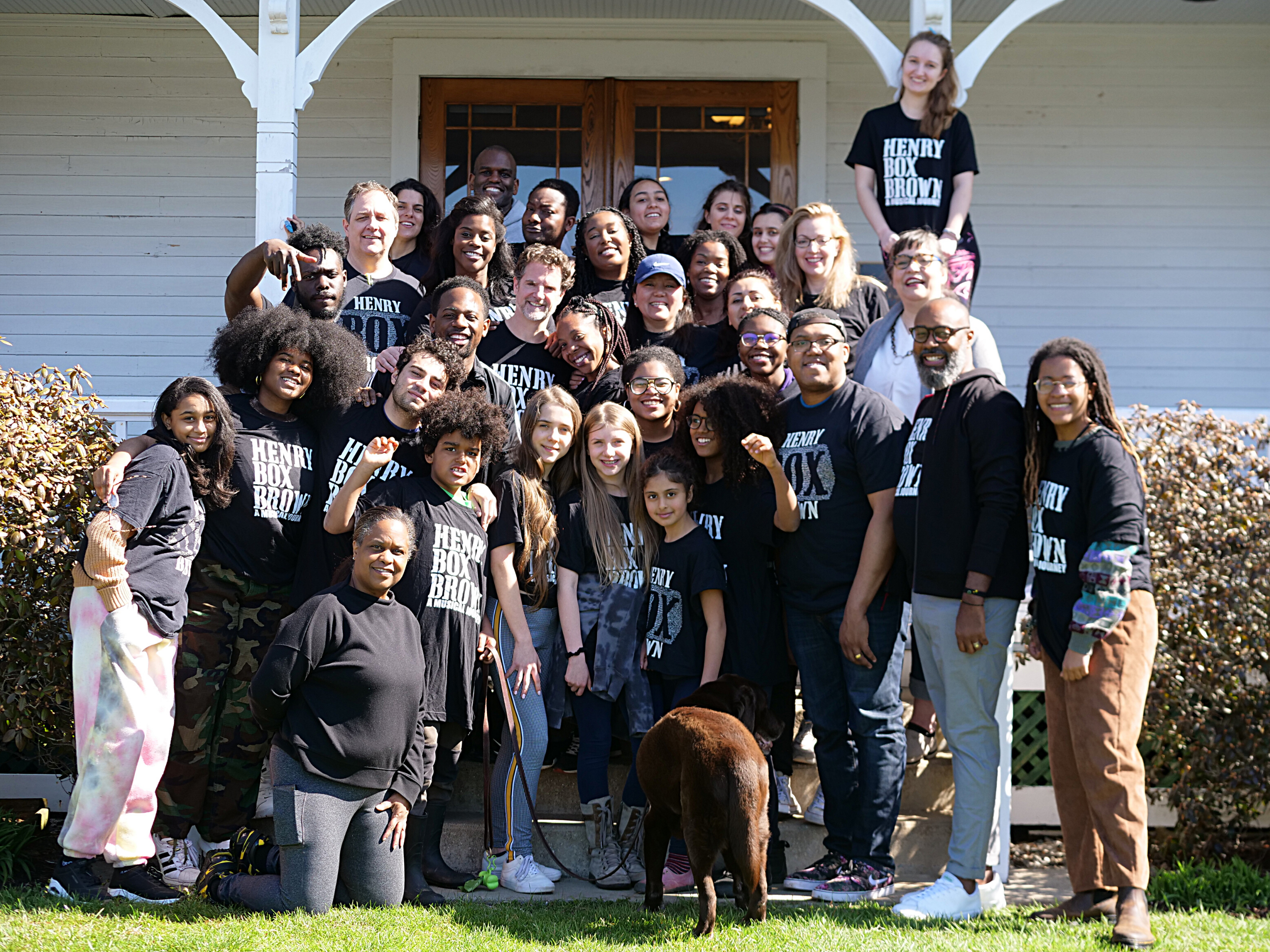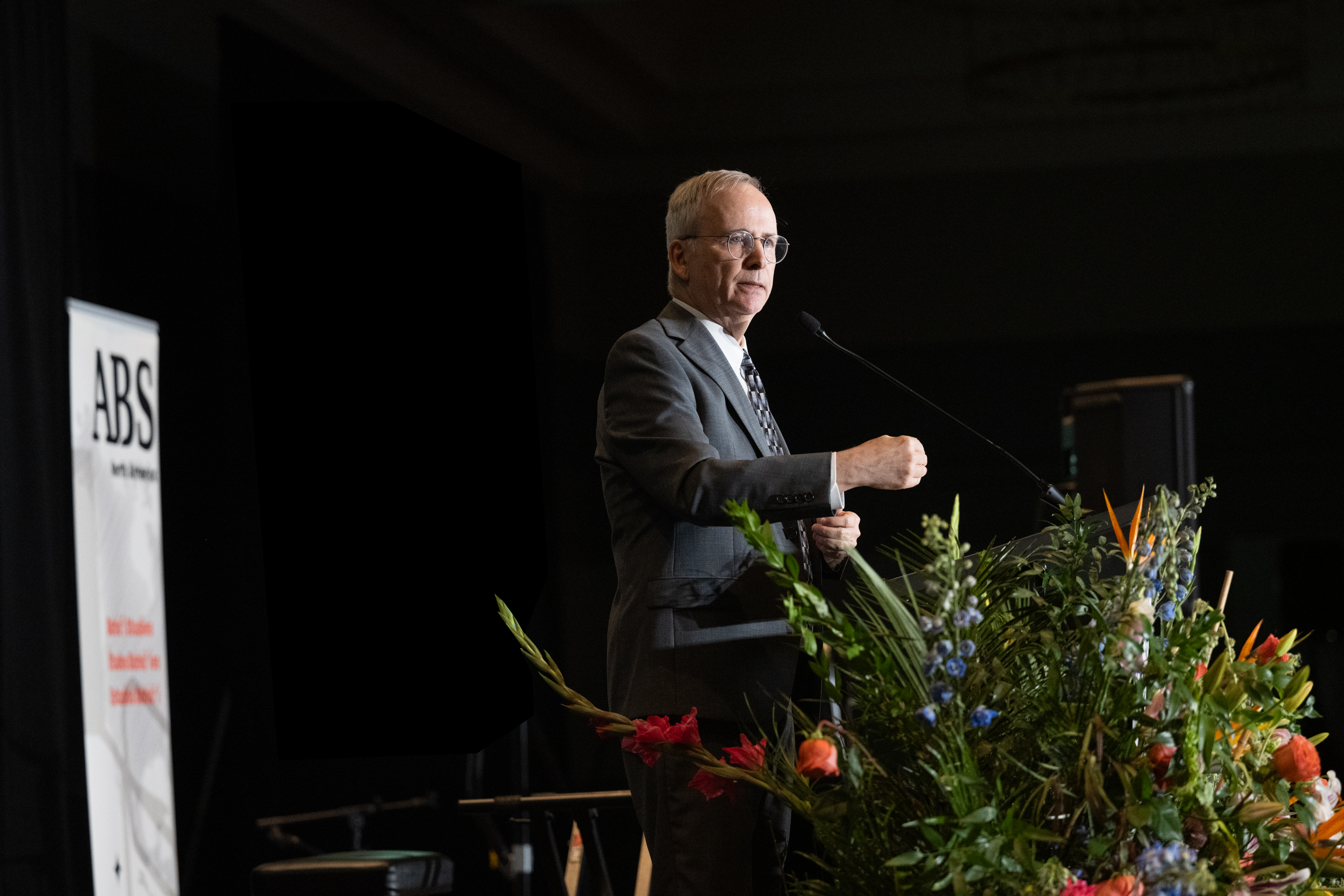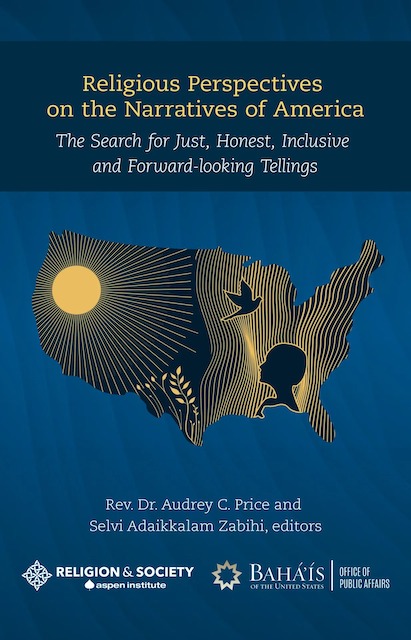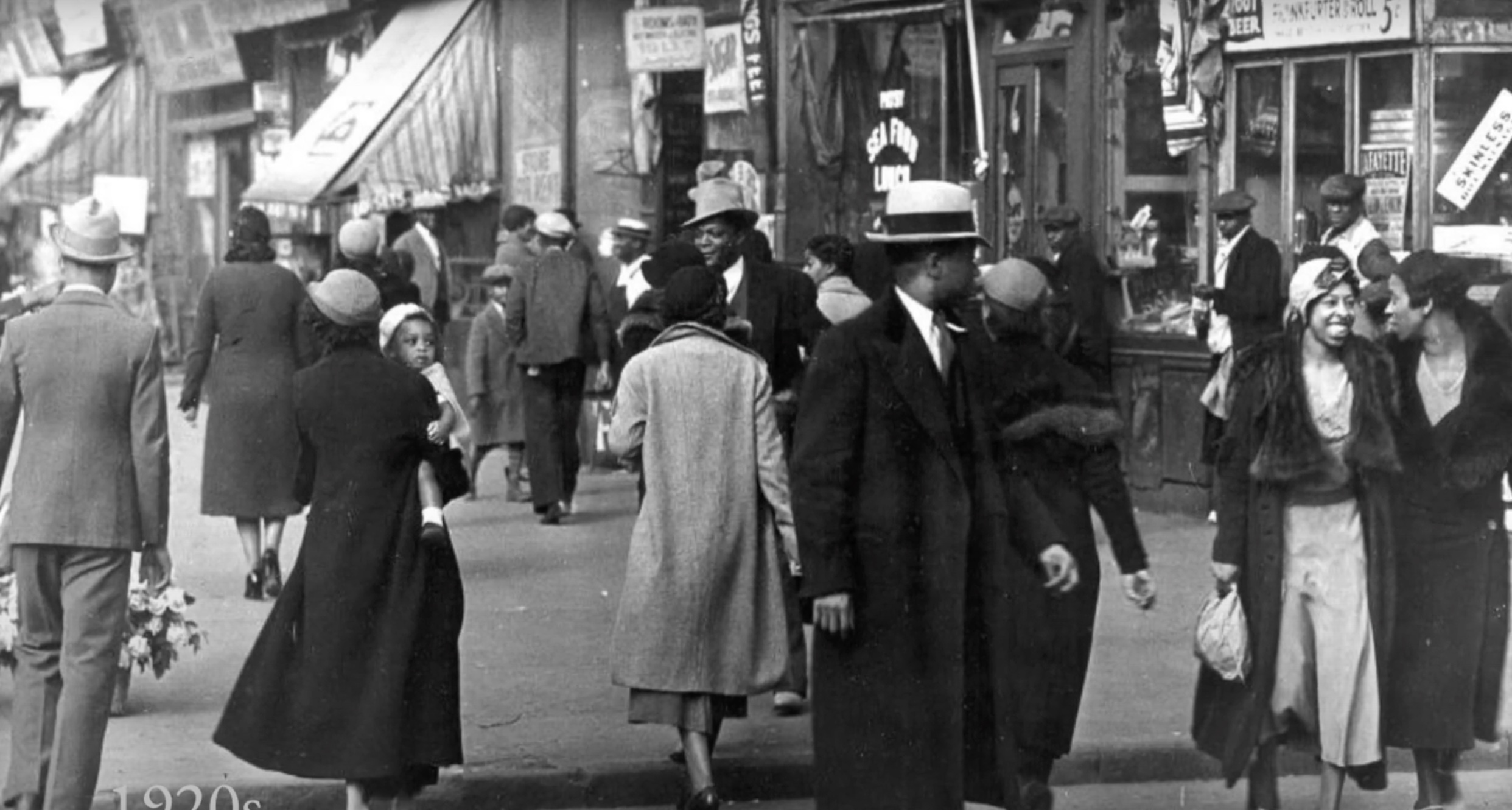
Religion communicators bestow 10 awards on Baha’i publications
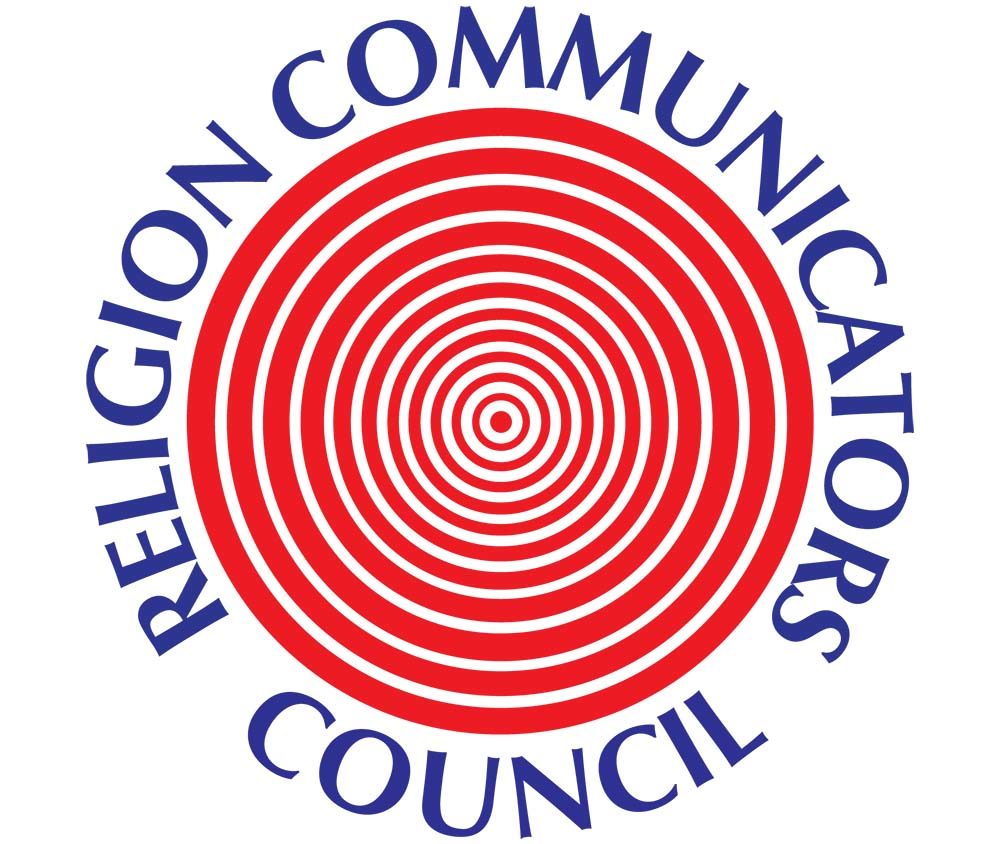
A wide variety of Baha’i publications and communications outlets garnered 10 national DeRose-Hinkhouse Awards in the 2020 contest sponsored by the Religion Communicators Council (RCC).
The American Baha’i, a magazine distributed to all Baha’i households that reflects activities of the U.S. Baha’i community, was recognized as Best in Class among all periodicals in the competition.
Other award-winning materials produced by members of the U.S. Baha’i National Center communications and publishing offices included Brilliant Star children’s magazine, a children’s book, an e-newsletter, a display design and a short video documentary.
 NEWS FLASH! The 2019 issues of Brilliant Star children’s magazine were honored on March 27 with a Mom’s Choice Gold Award in the category of literature for ages 9–12. This prestigious award program evaluates family friendly books, media and other products offered from 55 countries. Click or tap to subscribe to Brilliant Star or purchase back issues.
NEWS FLASH! The 2019 issues of Brilliant Star children’s magazine were honored on March 27 with a Mom’s Choice Gold Award in the category of literature for ages 9–12. This prestigious award program evaluates family friendly books, media and other products offered from 55 countries. Click or tap to subscribe to Brilliant Star or purchase back issues.
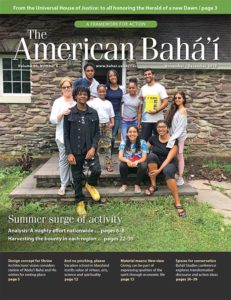 Tom Mennillo, associate editor and longest-standing staff member of The American Baha’i, says the Best in Class award can be seen as a powerful recognition of “Bahá’ís and friends nationwide faithfully applying the teachings and guidance in their lives and in their community-building efforts.”
Tom Mennillo, associate editor and longest-standing staff member of The American Baha’i, says the Best in Class award can be seen as a powerful recognition of “Bahá’ís and friends nationwide faithfully applying the teachings and guidance in their lives and in their community-building efforts.”
“The American Baha’i strives to do no less by honoring those efforts, as it shares their learning in a form the staff fervently hopes will aid their process of study, consultation, action and reflection,” he says.
The award also mentions James Humphrey, editor, and Richard Doering, graphics and photo coordinator, as honorees. Many articles for the printed magazine are posted on this site.
Mennillo won two Awards of Merit for his writing as well: for the article “12-year-old homelessness activist is invited to testify in DC” in the January/February 2020 issue of The American Baha’i; and for a September article collection on www.bahai.us titled “Activity flowing from summertime surge: Community-building Focus Brings Momentum into Autumn.”
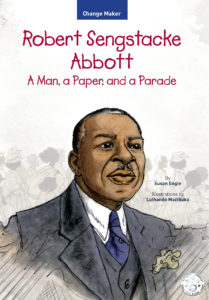 One of several Award of Excellence winners was Robert Sengstacke Abbott: A Man, a Paper, and a Parade, the first book in the Change Maker series produced by Bellwood Press, a Baha’i imprint for young readers.
One of several Award of Excellence winners was Robert Sengstacke Abbott: A Man, a Paper, and a Parade, the first book in the Change Maker series produced by Bellwood Press, a Baha’i imprint for young readers.
Author Susan Engle, who collaborated with illustrator Luthando Mazibuko, expressed gratitude for the RCC’s recognition of materials designed to spark the love of God in children’s hearts.
“In my life, reading about heroes, secular and religious, gave me a sense of the determination required that made the lives of people like Robert Abbott and Dizzy Gillespie contributors to the wider culture, people who cheered the lives and hearts of millions of others,” Engle reflects. “What better aspiration could we nurture?”
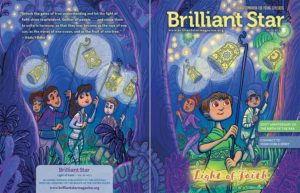 Also for a young audience, the cover illustration by C. Aaron Kreader for “Light of Faith,” the Vol. 50, No. 3 issue of Brilliant Star, was given an Award of Excellence.
Also for a young audience, the cover illustration by C. Aaron Kreader for “Light of Faith,” the Vol. 50, No. 3 issue of Brilliant Star, was given an Award of Excellence.
“Though the front cover gets more attention, each Brilliant Star front- and back-cover spread tells a story that’s crafted with love, imagination, and dedication.” says Amy Renshaw, senior editor. “This is Aaron’s 10th RCC award for a cover illustration.”
The Brilliant Star staff as a whole — including Amethel Parel-Sewell, editor/creative director; Kreader; Renshaw; and Heidi Parsons, associate editor — received an Award of Merit for that issue as well. Brilliant Star has won many RCC awards over the years, including several honors as Best in Class.
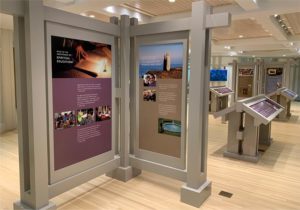
Joyce Litoff of the Office of Communications was an honoree for three Awards of Excellence: two as editor of the U.S. Baha’i News e-newsletter for the public — for the publication as a whole and for the October issue — and one in collaboration with Neiger Design, for a kiosk exhibit placed in the Baha’i House of Worship Welcome Center in Wilmette, Illinois.
“I was on the RCC Board and served as the DeRose-Hinkhouse awards coordinator a few years back,” Litoff notes. “It is a big job and it opened my eyes to the number, breadth and quality of the entries.
“Since then, I’ve had a more informed appreciation of winning an award and never take it for granted. All of the awards are really for collaborations, and I am happy to share the recognition with my hard-working colleagues.” Visit here to begin receiving U.S. Baha’i News.
 Yet another Award of Excellence went to the video “Refresh and Gladden My Spirit,” produced by a team coordinated by U.S. Baha’i Media Services and edited by Alan Hatchett.
Yet another Award of Excellence went to the video “Refresh and Gladden My Spirit,” produced by a team coordinated by U.S. Baha’i Media Services and edited by Alan Hatchett.
This was an early entry in the video series called A Rich Tapestry, and it influenced the learning process for the production of all videos in that series since then, according to Craig Rothman, Media Services director.
Analyzing the first rough edit of this video — showing a Baha’i in Virginia as the central protagonist — Rothman says the team decided a different approach would serve the story better.
“We decided that we would return to this community and spend more time interviewing [a neighbor of the Baha’i] and shot more footage in her home environment. Thus it retold the story from her point of view.”


